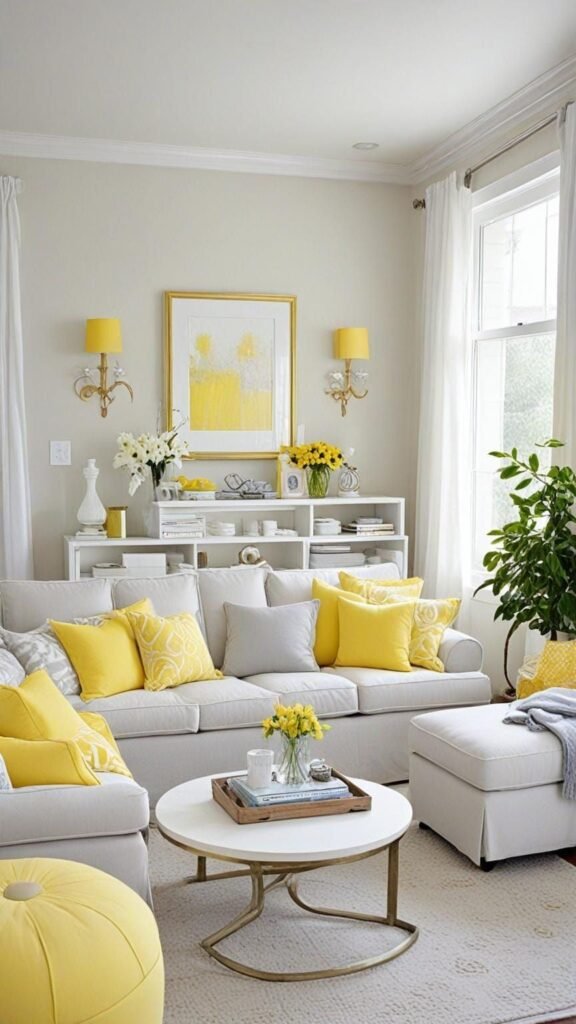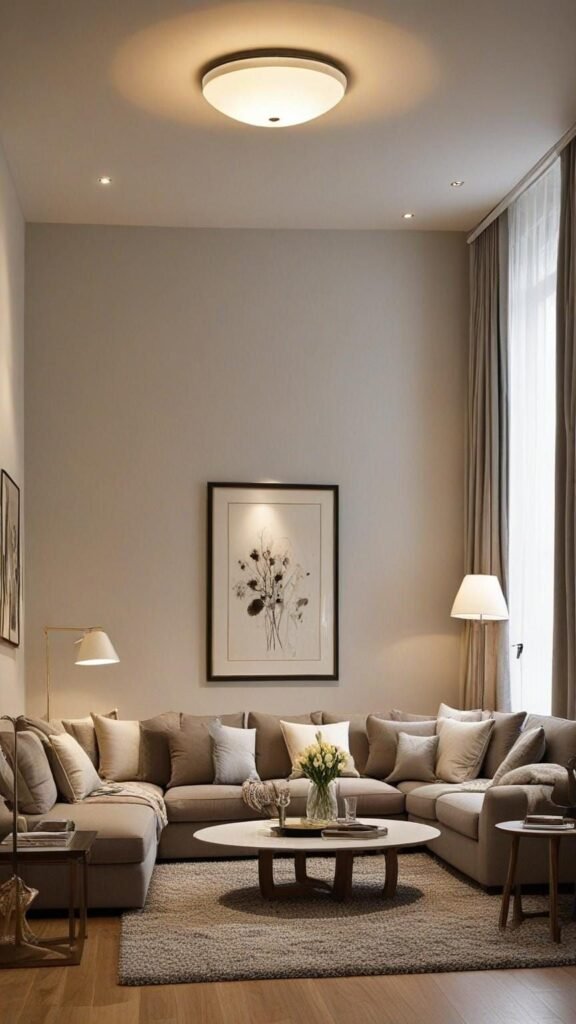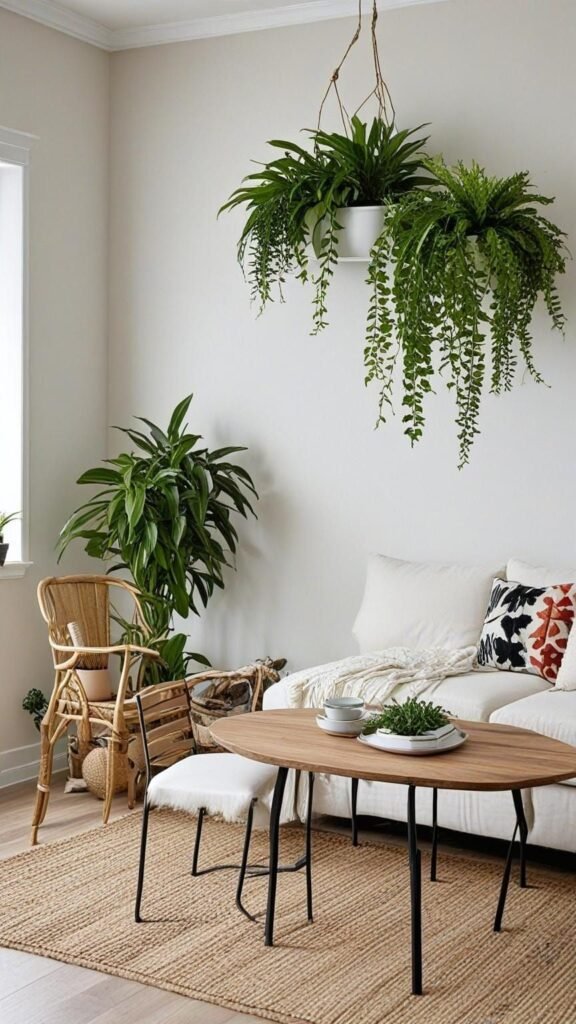How to design a small living room intelligently
Nowadays, with rising housing costs and smaller home spaces, designing small living rooms has become a major challenge facing many homeowners. However, there are smart ways in which the small living room space can be used effectively and given aesthetic touches. In this article, we’ll explore six focal points for designing the perfect small living room.
1. Choose light and bright colors:
Light and bright colors, such as white, light gray and pale yellow, are an ideal choice for small living rooms. These colors help bring a sense of spaciousness and natural lighting to the space, making it appear larger. It also creates an atmosphere of calm and comfort.

2. Use of multi-purpose furniture:
In a small living room, it is crucial to choose furniture that is versatile and functional. For example, coffee tables with a flexible design that can be used as additional storage space, or sofas with built-in storage. This type of furniture helps keep the space clean and organized.

3. Insert smart storage spaces:
Utilizing unused space to add storage is crucial. Shelves can be installed on the walls, or built-in cabinets can be used under windows or around doorways. These smart storage solutions help keep your space clean and organized.

4. Choose suitable lighting:
Lighting has a huge impact on the feel of a space. Using multiple light sources, such as central ceiling lighting with wall lighting and table lighting, helps bring a sense of depth and variety to a small living room.

5. Insert natural touches:
Adding indoor plants and natural decor helps give the room a lively and spacious feel. It also creates a refreshing and relaxing atmosphere.

6. Focus on key pieces:
In small spaces, it is best to focus on the main furniture pieces, such as sofas and tables, and make them stand out more. Then add other decorations in a balanced manner to complete the design.

By applying these tips, you can transform a small living room into an attractive and comfortable space that reflects your personality. Remember, creativity and outside-the-box thinking are key to using space intelligently.